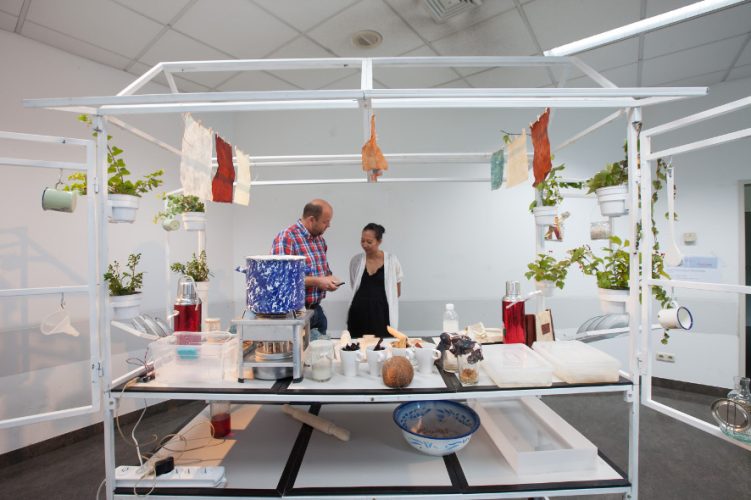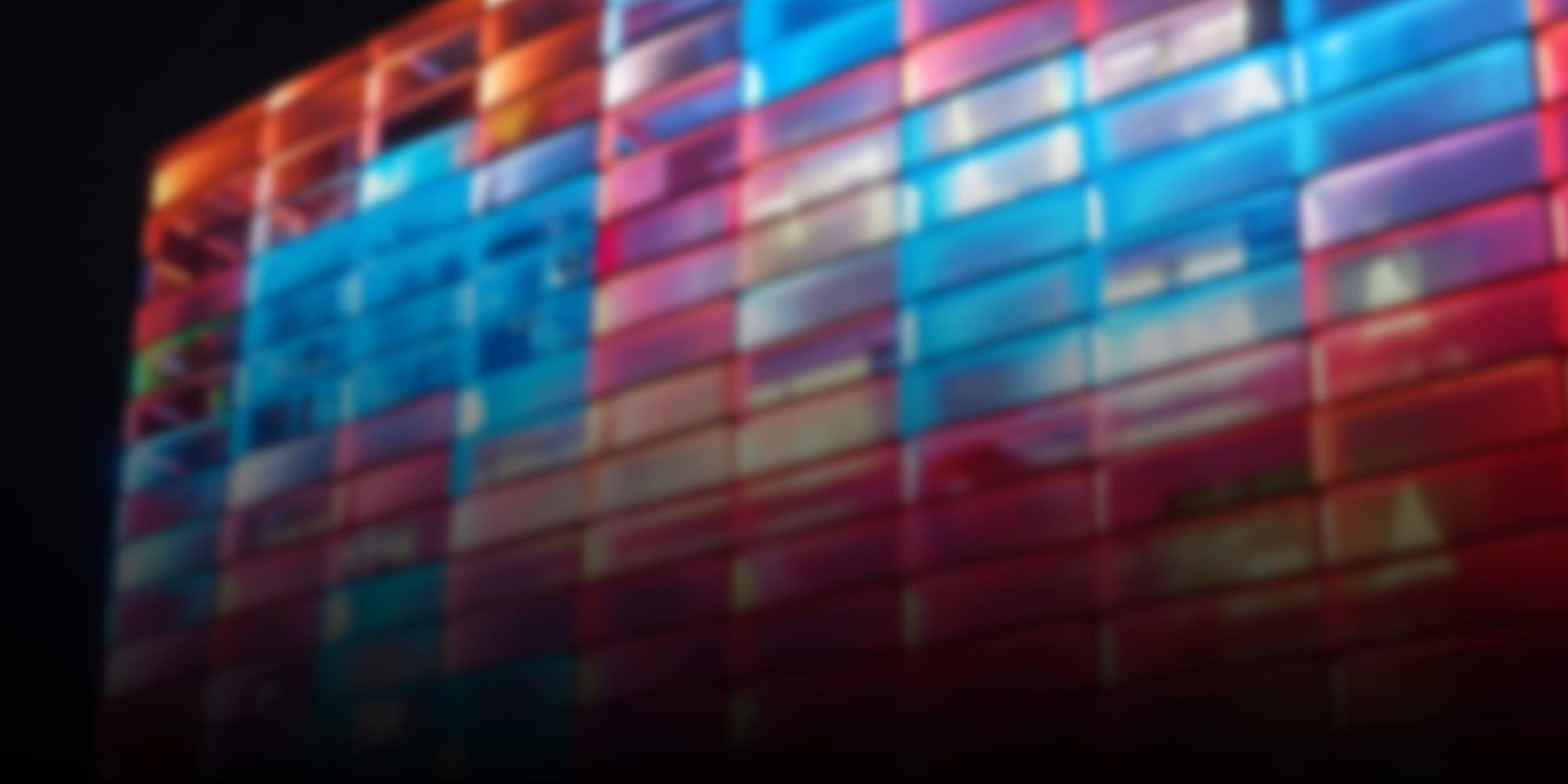
Residencies
-
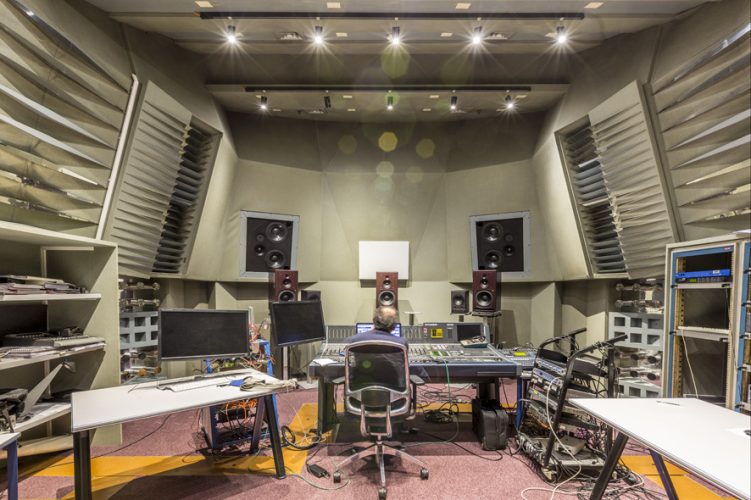
VERTIGO STARTS: Artists Wanted!
Now that the 2017 STARTS Prizes have been selected, the European Commission’s STARTS initiative is launching another attractive program. Artists can now apply for a residency in which they create a new work of art using the technology of the R&D project of their choice. The entry deadline is May 22, 2017.
-

The Artist-in-Residence is Yen Tzu Chang
Yen Tzu Chang (TW) is the recipient of the residency STEAM imaging jointly hosted by the Fraunhofer Institute for Medical Image Computing (MEVIS) and Ars Electronica. The Taiwanese media artist will thus have a unique opportunity to work closely together with the Institute’s research staff.
-
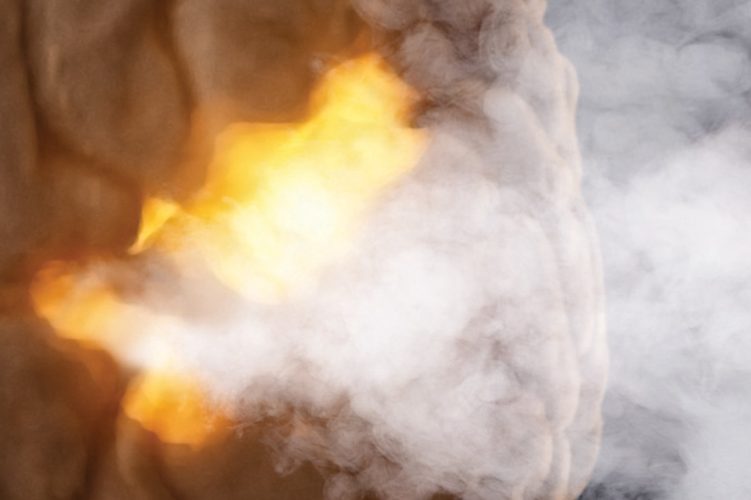
STEAM Imaging: An Experiment in Art & Science
The Fraunhofer Institute for Medical Image Computing (MEVIS) has announced an exciting artist-in-residency program that focuses on links between art and science. They’re also integrating pupils into this experiment.
-
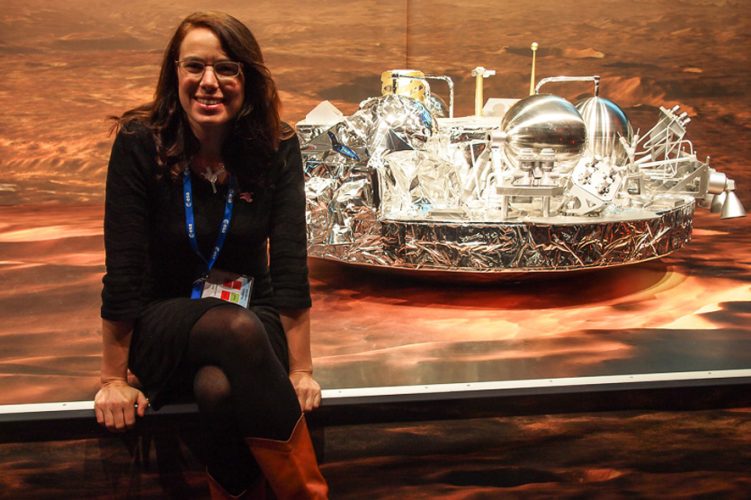
The Journey to Mars
Even if signals aren’t being received from the Schiaparelli Test Lander on that evening, we nevertheless had an absolutely fascinating time at the ESA Mission Control Centre in Darmstadt, where we followed the decisive moments of the Mars landing in the company of scientists and artist Aoife Van Linden Tol. Here, we present a few…
-
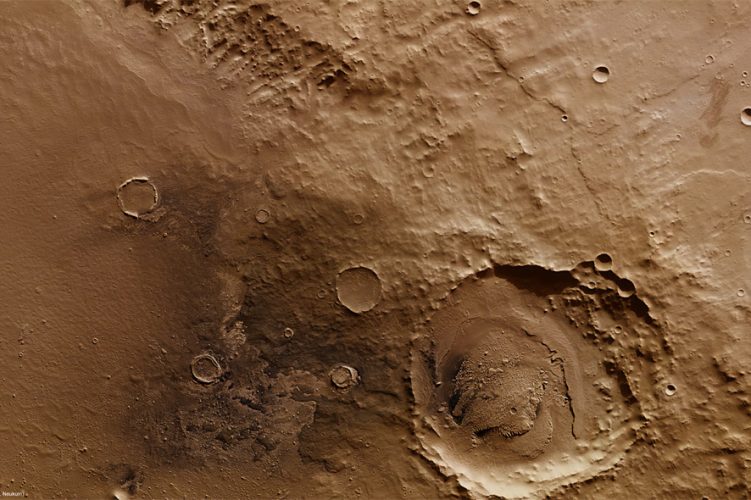
ExoMars: Are We Really the Only Ones?
Are we alone in the universe? This is certainly a high-priority question on science’s agenda. Now, with a landing on Mars, humankind is taking another giant step towards answering it. Thomas Walloschek is an engineer with the European Space Agency (ESA). Following a recent nightshift in the ExoMars mission control room, he took some time…
-
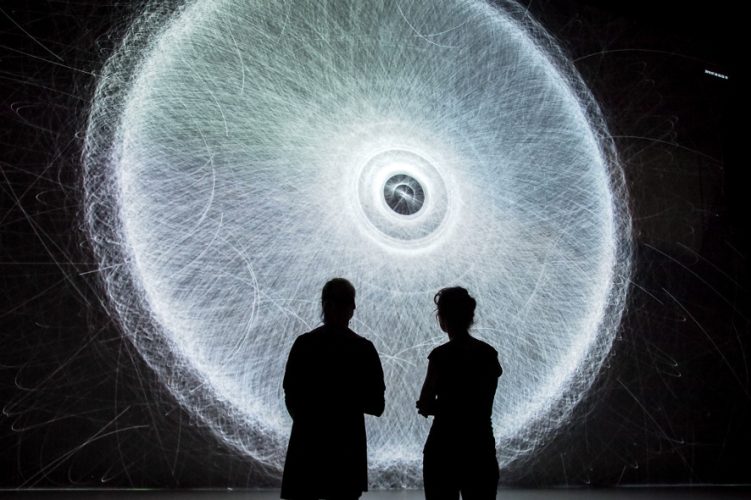
On Absurd Landscapes and Habitable Exoplanets
The artists collective Quadrature began Part 2 of their art & science residency at the Ars Electronica Futurelab a few days ago. The three artists spent the first part at the European Southern Observatory (ESO) in Chile in late May. To find out what they experienced, why they found everything there absurd and what they…
-
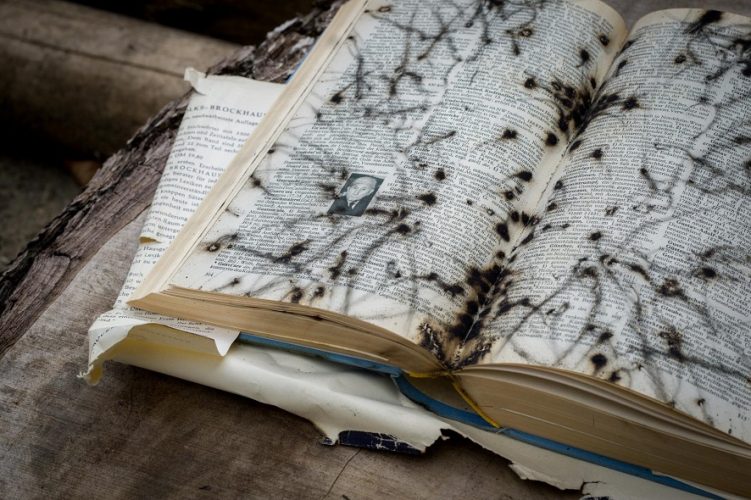
Second Story: Old Objects, New Stories
Aoife van Linden Tol takes printed objects that are endowed with emotions and gives them a new start. In her performance “Second Story,” she blows up old photos, passports, love letters, etc. in controlled explosions. Here, she tells us how her first test detonation went, what we can expect in her September performance, and how…
-
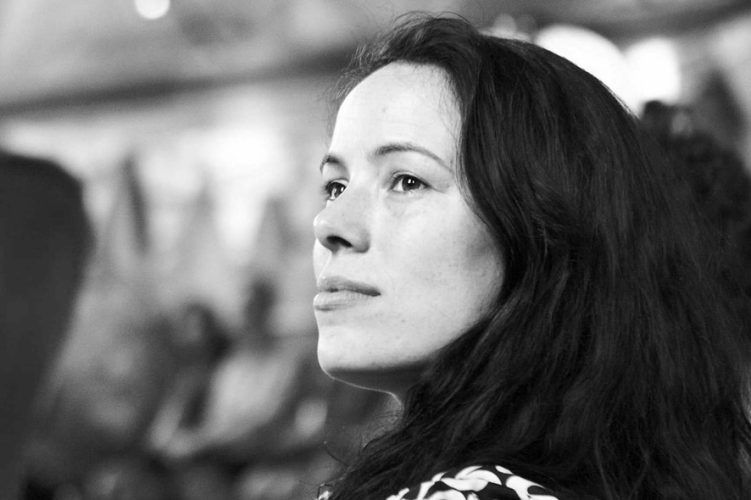
Aoife Van Linden Tol: Explosions as Creative Forces
Violent explosions are sources of particular fascination to artist Aoife Van Linden Tol. An art&science residency is giving her the opportunity to visit the European Space Agency (ESA) and Ars Electronica Futurelab to soak up a healthy dose of inspiration for her next project. In this interview, she talks about, among other things, the fact…
-
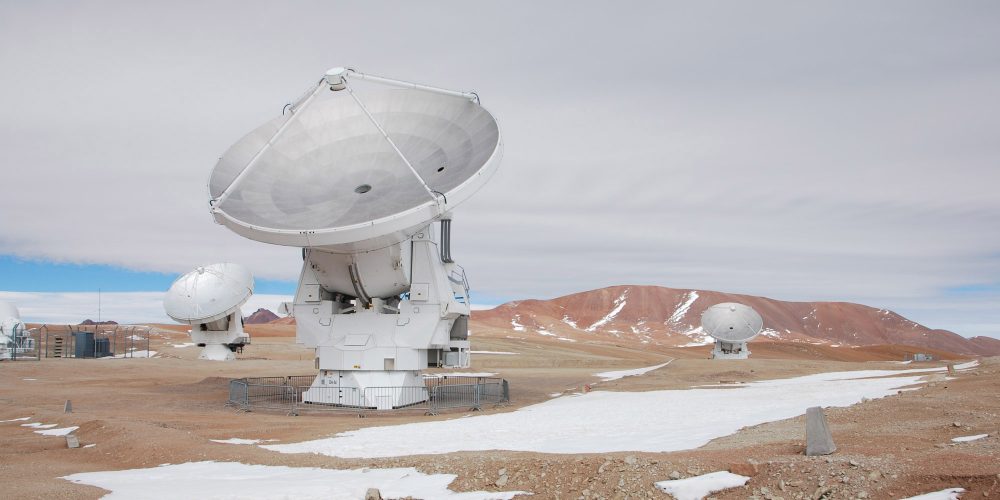
Expedition ESO
“We won’t soon be taking another trip so close to outer space!” Now, that sure hits the nail on the head as a succinct description of the once-in-a-lifetime opportunity this Residency provides. An artists’ collective—Jan Bernstein, Juliane Götz and Sebastian Neitsch—got the nod from the European Digital Art & Science Network’s jury and departed for…
-
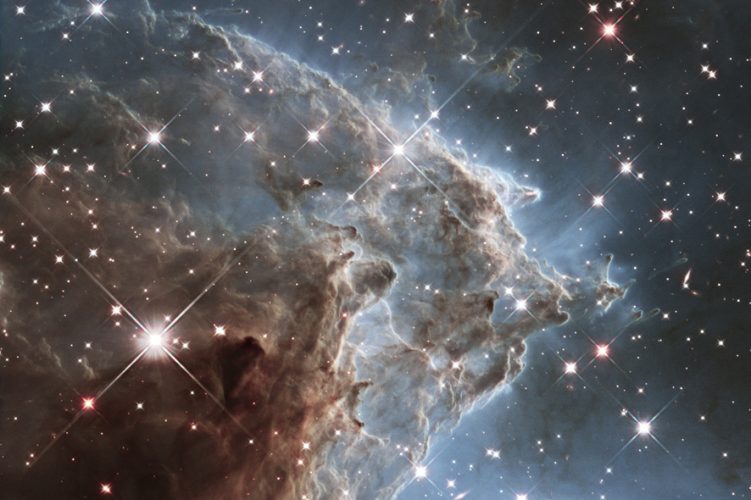
Art and Science: What Does It Mean to be Human?
“You start to understand how little we really understand.” ESA Senior Science Advisor Mark McCaughrean talks about the interplay of art and science, and thinks aloud about whether we’ll ever succeed in getting the knowledge of the cosmos that we’ve accumulated into our modest heads.
-

ESA: To the Comet, and then on to Mars
Artists still have until June 20, 2016 to apply for a residency of several weeks duration at the technical center of the European Space Agency (ESA), where, in autumn of this year, they’ll be on hand to experience two spectacular missions: the landing of the Rosetta Space Probe and the ExoMars Mission. In this interview,…
-
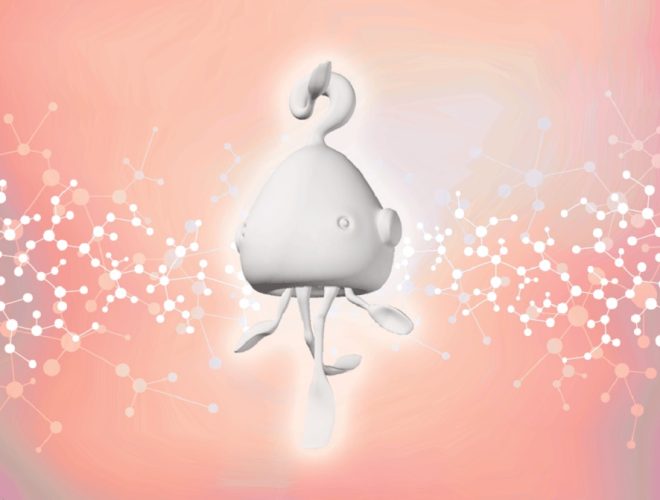
Lea and Jakob have robots in their blood
Nanoparticles have become an essential part in the food chain as they provide better fluid properties, color and preservation. Science classifies them at least as critical. In contrast, nanomachines, or so-called nanobots are applied in the cure of cancer. In the course of the third SPARKS-residency at the Ars Electronica Futurelab, Jakob and Lea Illera…
-
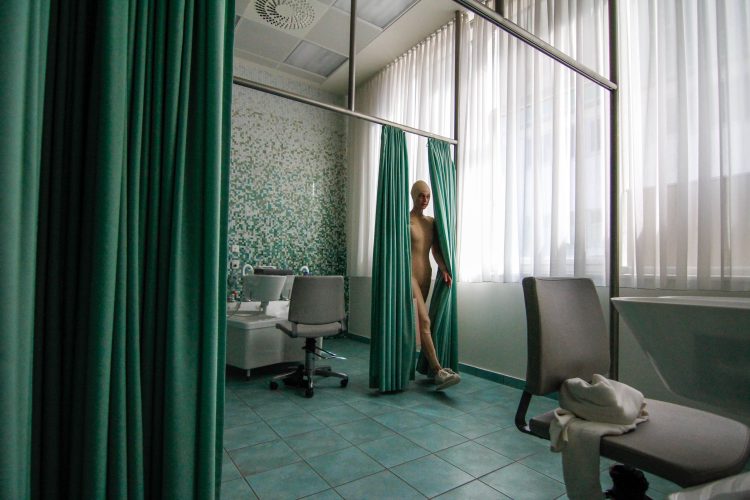
The Institute of Isolation: Pushing the limits as a Cure
The artist and second SPARKS-resident, Lucy McRae, is a representative of the genre Science Fiction. She came to Linz in order to shoot scenes for her film-project which is her approach to the topic of “Responsible Research and Innovation” – the research objective of the SPARKS-program. Compared to her predecessor, Anouk Wipprecht, who built a…
-
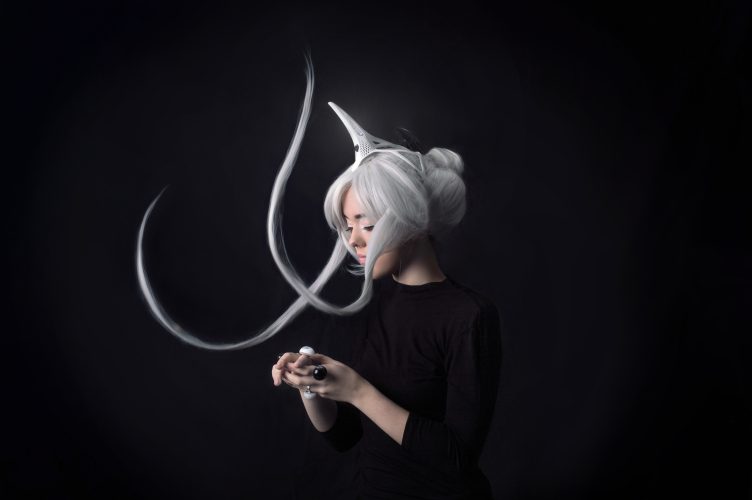
Agent Unicorn – The first SPARKS Residency Wearable by Anouk Wipprecht
The well-known Fashion-Tech Designer has worked the communication aspects of her apparel into an unicorn-shaped headset. During her stay at Futurelab she teamed up with a team of Neuroscientists and experts, creating an accessory that logs the wearer’s observations through EEG.
-
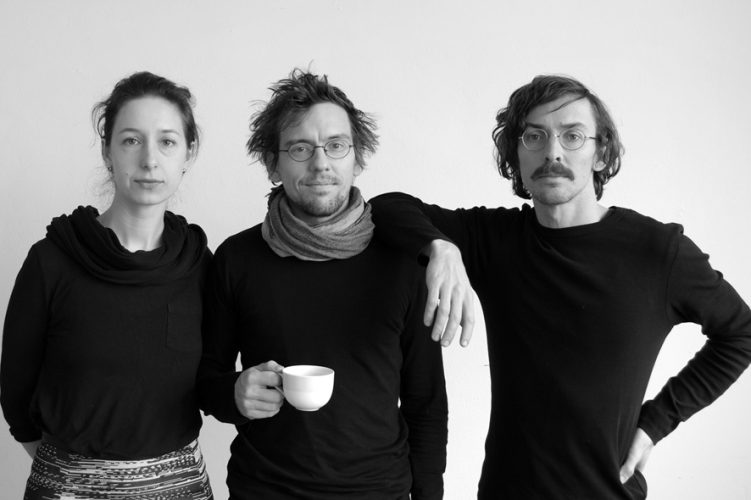
Quadrature: “We feel a bit like explorers ourselves”
And indeed, their concept was a great discovery for the jurors too. Under the aegis of the European Digital Art & Science Network, an artists’ collective named Quadrature will spend several weeks at the European Southern Observatory (ESO) in Chile and then at the Ars Electronica Futurelab, and present the results of their work at…
-
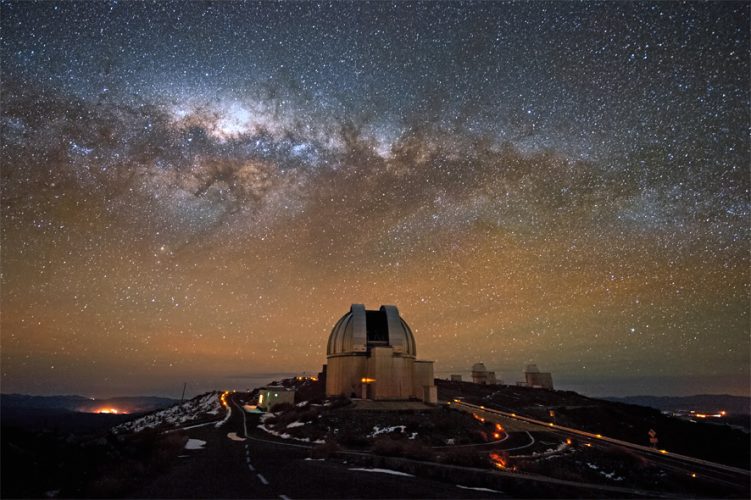
A Large Window to the Unknown
Night after night, the European Southern Observatory’s huge telescopes in Chile peer deeply into the unknown expanses of the universe. Fernando Comerón, the ESO’s on-site chief-of-staff, recently talked to us about possible ways in which art and science can engage in mutual inspiration at these locations and what this postulated ninth planet in our solar…
-
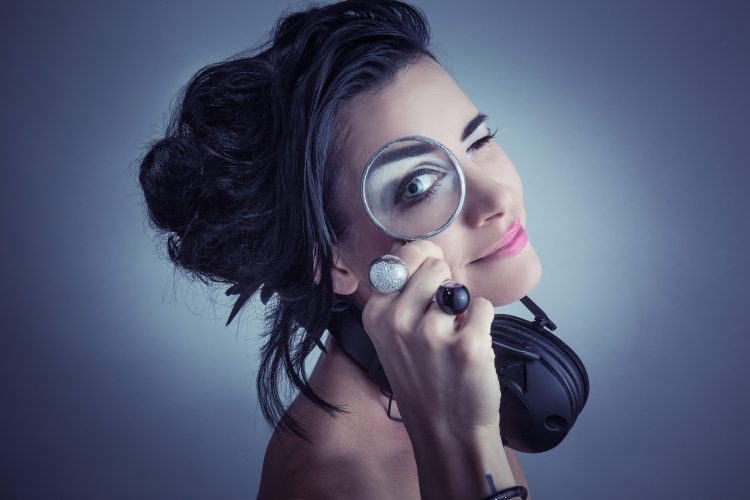
Becoming a resident with sparking ideas
We are pleased to announce the names of the artists who will be coming to the Ars Electronica Futurelab to develop exhibits for the Sparks project!
-
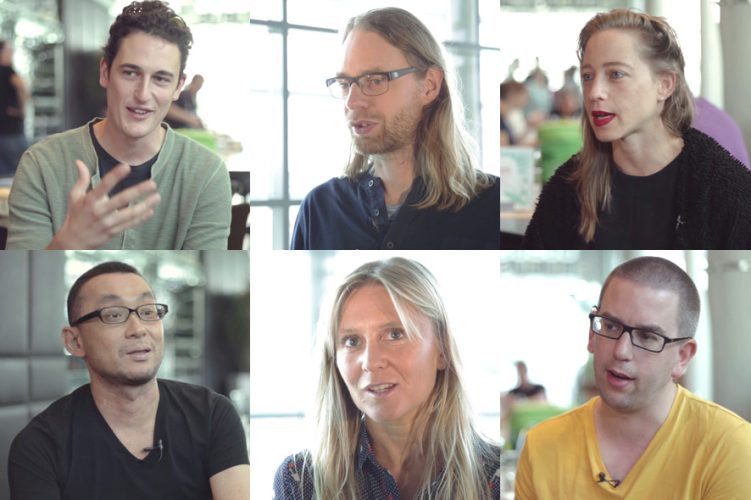
Artistic views on science
New perspectives, inspiring connections and a better understanding of contexts. Artists of the exhibition “Elements of Art and Science” talk about what they expect from the linking of both areas.
-
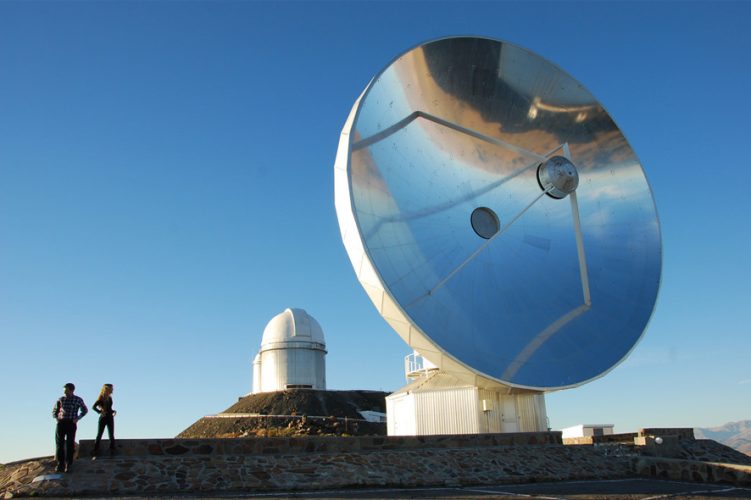
Inspiring Journeys into the World of Science
The European Art and Science Network is once again offering interested artists the chance for a creative sojourn at the European Southern Observatory (ESO) in Chile and at the Ars Electronica Futurelab in Linz. Here’s an account of how the first such residency played out.
-
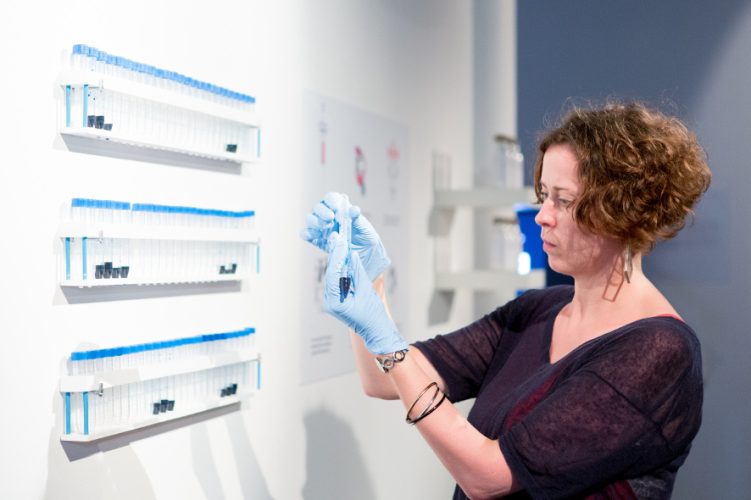
Visions in the Future of Health, Medicine and Wellbeing
In conjunction with the EU’s Sparks project, the Ars Electronica Futurelab is addressing an Open Call to artists with visions involving new technologies in the areas of health, medicine and wellbeing.
-
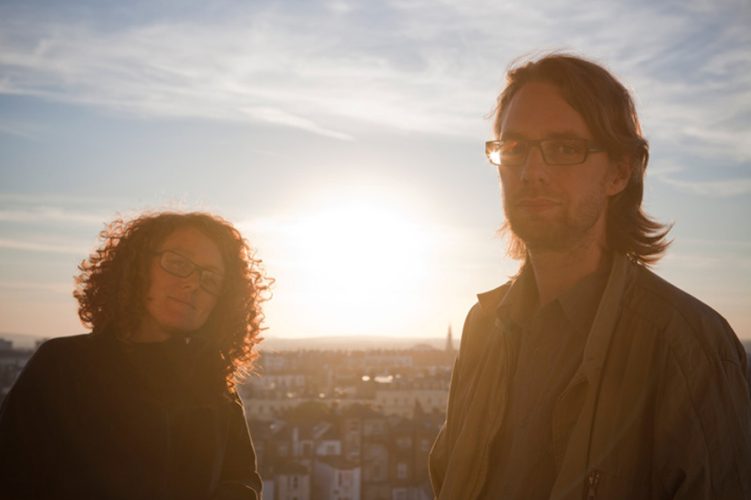
Semiconductor wins Collide@CERN Ars Electronica Award
The English artist duo, Semiconductor, will begin a two-month residency at CERN. Then their next stop is Linz, where they will spend a month at the Ars Electronica Futurelab.
-
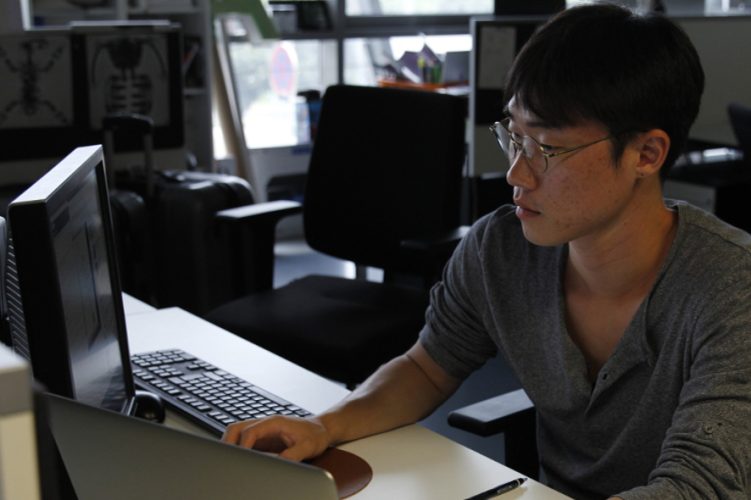
Rhythm as the DNA of music
During Hyungjoong Kim’s residency at the Ars Electronica Futurelab he will explore the traditional Korean music and develop an interface to change the rhythm of music. The result will be unveiled at the Ars Electronica Festival 2015.
-
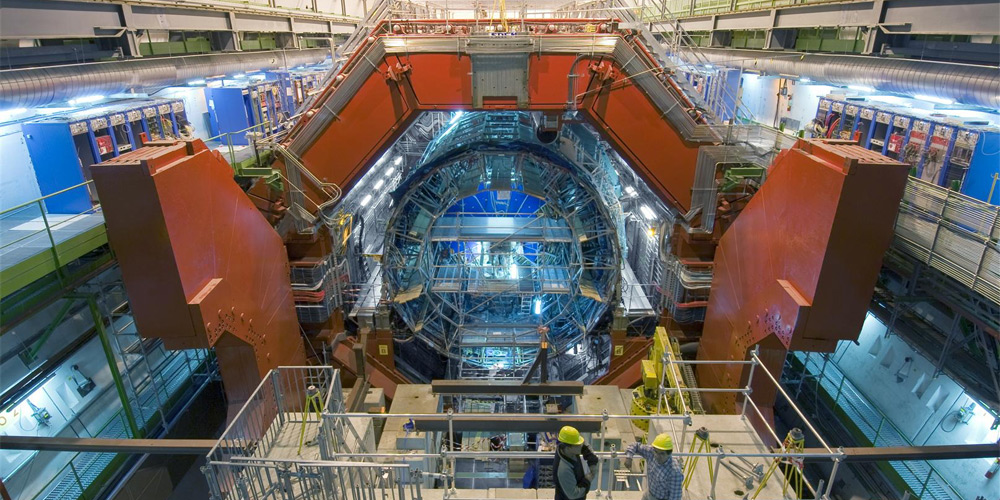
LHC – The Mother of All Experiments
Many questions remain open. The Large Hadron Collider aims to answer at least a few of them. A residency under the aegis of CERN and Ars Electronica offers an opportunity to take an artistic approach to the leading edge of science and to experience the site of this huge experiment.
-
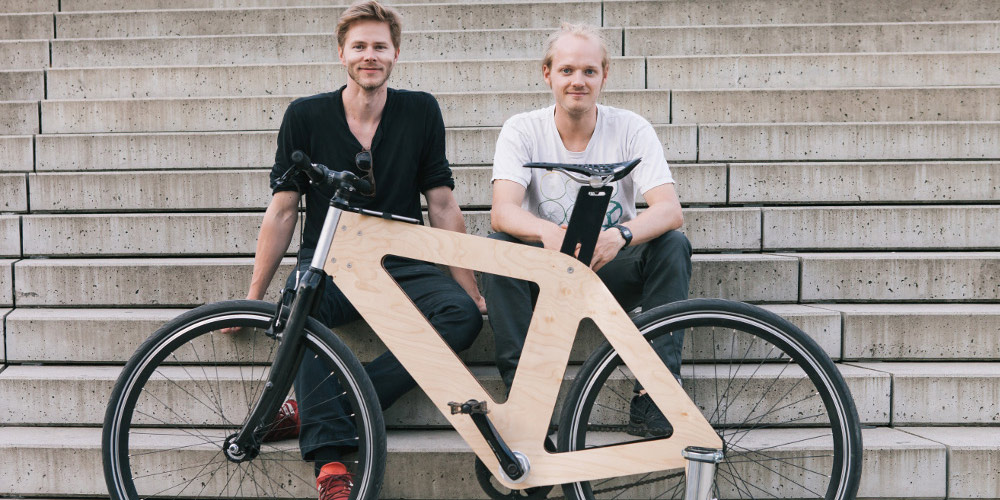
Cycling as Philosophy
In the context of this year’s theme of the Connecting Cities cultural project “In/Visible City” the next two artists doing a guest stint at the Ars Electronica Futurelab: Christoph Fraundorfer and Florian Born developed their project ESEL-COMPLAIN.
-
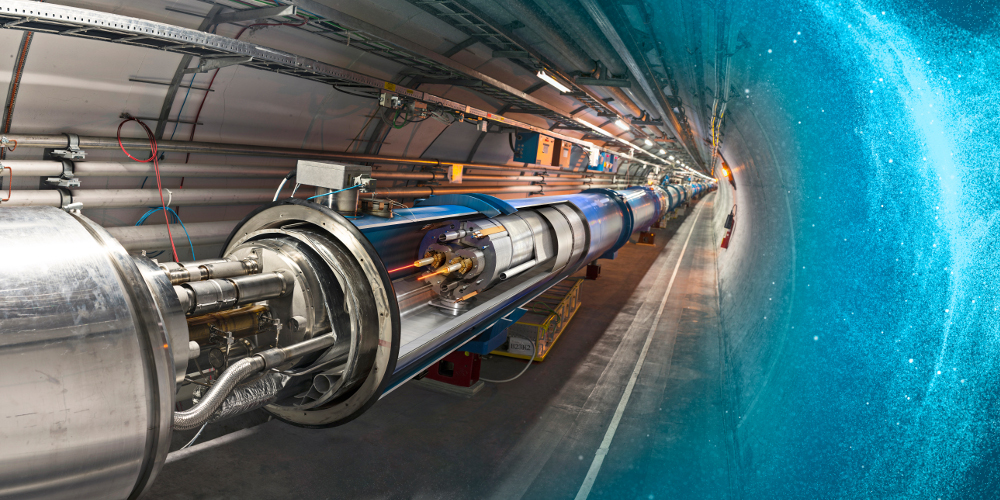
At CERN Artists need to challenge us with Ideas
Under the aegis of the European Digital Art and Science Network, Ars Electronica and CERN recently announced their latest open call for applications to do an eight-week residency at CERN followed by a stay at the Ars Electronica Futurelab.
-
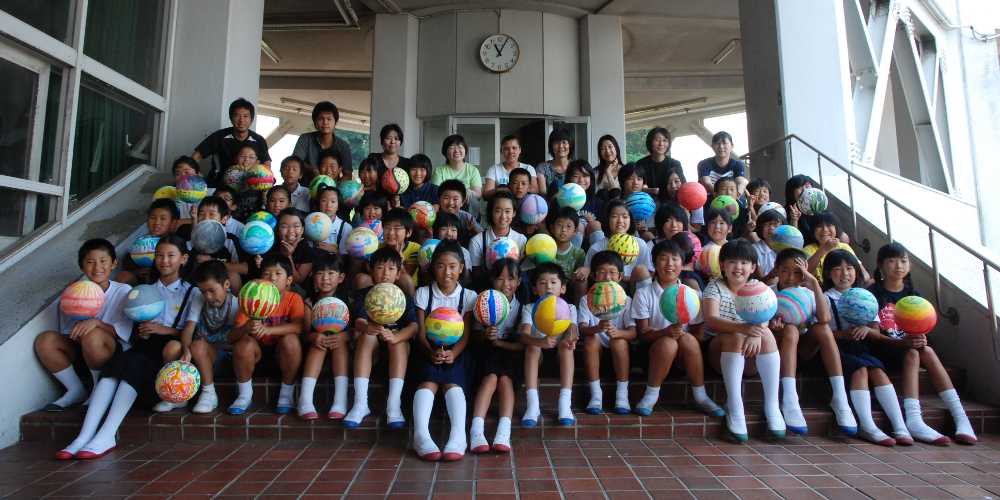
Think Cosmically, Act Locally
During her residency at the Ars Electronica Futurelab and her PhD thesis, Yuri Tanaka, is looking for an approach to answer the question: how cosmic art is expressed in different cultures.
-

Dada Performance and Interactive City Data at Sound:Frame 2015
The Ars Electronica Futurelab starred in the opening night extravaganza of this year’s sound:frame festival at Vienna’s MAK–Museum of Applied Arts, delivering interactive highlights that rocked the venue’s stage, speakers and projection walls.
